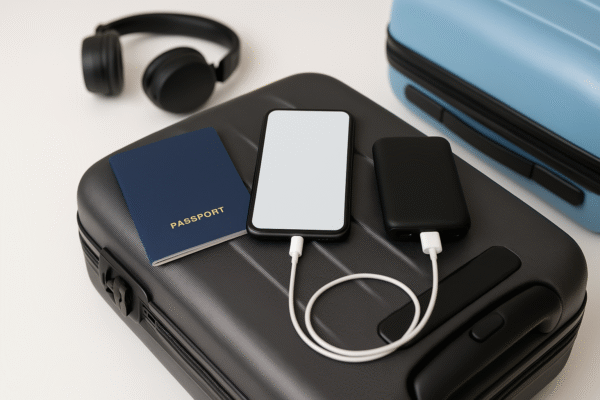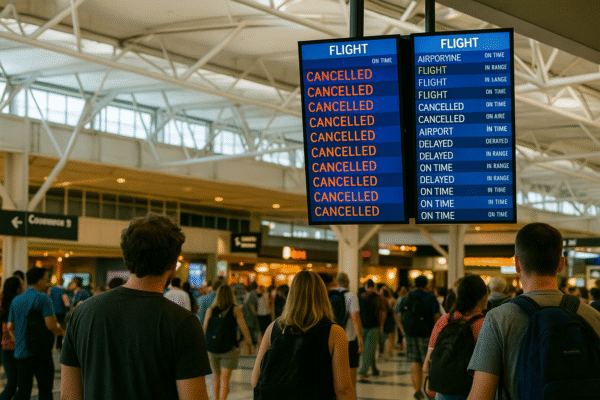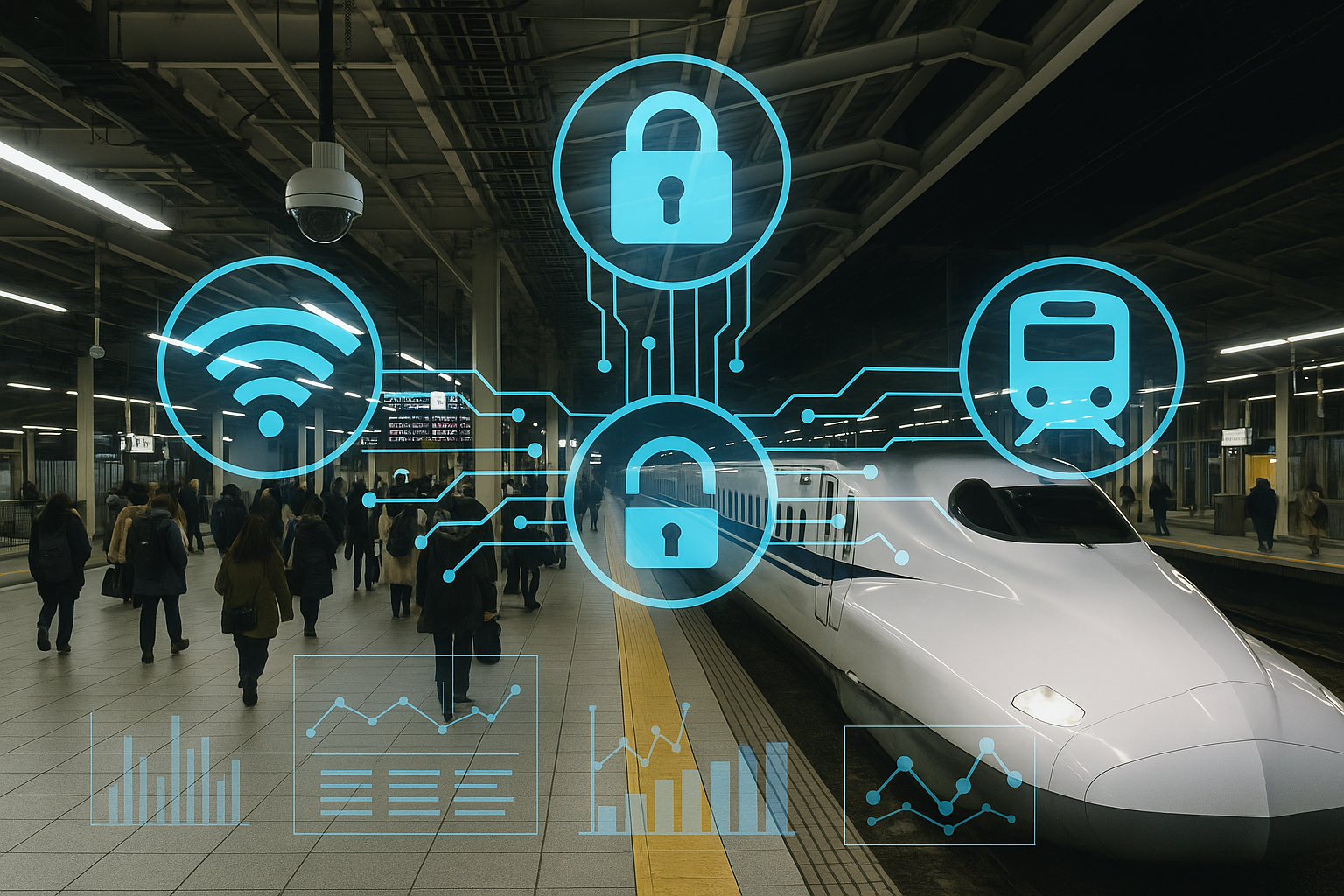As the backbone of the UK’s public transportation system, the rail sector is rapidly evolving to meet the demands of a digital age. With a record-breaking 1.385 billion passenger journeys made in 2023—an increase of nearly 40% over the previous year—railways are more vital than ever to the country’s economic, environmental, and social infrastructure. But with greater digital integration comes a heightened focus on cybersecurity to protect passengers, assets, and national operations.
A Surge in Digital-Driven Demand
According to the UK Department for Transport, rail is one of the most efficient and sustainable means of transport in the UK’s Critical National Infrastructure (CNI). The pandemic-induced shift in travel behavior has given way to renewed confidence in public transport, and as a result, British railways are witnessing a sustained resurgence.
This revival is propelled by the adoption of advanced technologies, including Internet of Things (IoT) devices, automated train control systems, real-time fleet tracking, and predictive maintenance. These innovations are helping operators manage schedules, reduce delays, improve energy efficiency, and offer enhanced passenger experiences.
Technology’s Role in Revolutionizing Rail Systems
The integration of intelligent digital platforms allows train operators to access real-time data on everything from rolling stock performance to station crowd levels. Predictive analytics identifies mechanical issues before breakdowns occur, minimizing costly delays. Meanwhile, IoT-powered infrastructure streamlines track-switching, signaling, and even temperature monitoring across rail assets.
This seamless connectivity brings major benefits—but also introduces new vulnerabilities. As UK railways become more dependent on digital ecosystems, they face growing exposure to cyberattacks that could cripple services or compromise safety.
Cyber Threats: A Growing Concern for the Rail Sector
Recent global studies report that 42% of critical infrastructure operators have experienced a cybersecurity breach, while 93% acknowledged an uptick in attacks. Rail systems are particularly vulnerable due to their reliance on interconnected legacy and next-generation systems.
Cybercriminals targeting the rail network could potentially disrupt signaling systems, manipulate routing, or shut down communication between trains and control centers. Such scenarios risk not only financial damage and public distrust but also lives.
Recognizing these risks, the UK government and private sector partners are advancing a “secure-by-design” model—embedding cybersecurity into the earliest stages of system development and maintenance.
Key Measures Strengthening Rail Cybersecurity
The future of safe digital railways lies in adopting a layered, resilient cybersecurity strategy. This includes:
- End-to-End Encryption: Ensures sensitive data, such as train schedules and control commands, are protected during transmission.
- Online Key Management Systems (OKMS): Secure the exchange of authentication data between in-train systems and trackside infrastructure.
- Multi-Factor Authentication: Adds robust user verification for operational access.
- AI-Powered Threat Detection: Uses machine learning to monitor anomalies and flag cyber intrusions in real-time.
- Segmented Networks: Isolate critical control systems from general communication networks to minimize breaches.
These protocols help preserve the integrity of real-time data used in signaling, routing, and automated train control systems, which are central to modern rail operation.
Building Workforce Capabilities and Industry Partnerships
Another critical pillar in cyber resilience is upskilling the workforce. Rail operators and digital transformation partners are investing in training programs to ensure engineers and technicians understand both the tech and the threats.
A landmark example is the partnership between Thales, a global cybersecurity leader, and the Global Centre of Rail Excellence (GCRE) in Wales. The two signed a Memorandum of Understanding to collaborate on testing digital rail technologies and enhancing cyber-defensive architecture. Their work will include simulating cyberattacks on digital rail environments to refine response strategies.
This collaboration also involves developing academic pathways and industry certification programs to prepare a future-ready workforce.
Government Backing and National Initiatives
The UK government has recognized rail cybersecurity as a national priority. Initiatives like the National Cyber Strategy 2022 and the Network and Information Systems (NIS) Regulations offer frameworks for the secure digital transformation of public transport infrastructure.
The Department for Transport (DfT) has also supported funding and research into resilience testing, especially in light of growing threats linked to geopolitical tensions and advanced persistent threats (APTs) targeting national transport systems.
Towards a Safer, Smarter Rail Future
The convergence of smart technology and cybersecurity marks a new era in UK rail travel. With passenger volumes projected to grow further amid climate-conscious commuting, railway operators must continue balancing innovation with robust cyber protection.
A secure railway ecosystem enables not just efficient operations but also public trust—crucial for a system that moves millions daily. By embedding cybersecurity into every link of the value chain—from train to track to control center—the UK’s rail industry is laying a secure foundation for the next generation of mobility.
Conclusion: Balancing Innovation with Vigilance
The digital transformation of rail travel is redefining mobility across the UK. With tech-led convenience comes new responsibility: protecting this vital infrastructure against evolving cyber threats. Through collaborative partnerships, advanced encryption, proactive monitoring, and workforce education, the UK’s rail sector is proving it can harness innovation without compromising safety.
As the world navigates an increasingly interconnected future, UK railways are emerging as a model for how to adopt smart systems while maintaining uncompromising resilience. The journey toward safer, smarter travel has just begun—and cybersecurity is on board.
For more travel news like this, keep reading Global Travel Wire



















